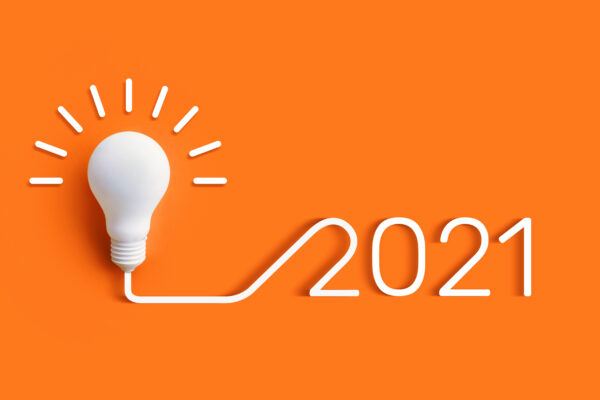

Paid ads offer a number of benefits, including placing you in prominent positions on SERPs and boosting brand awareness by as much as 80%. But to get the most out of your paid ad campaigns, you have to understand who you want to reach and how you can best grab their attention.
That’s where comprehensive audience segmentation comes into play. What does that involve? How does it work?
Join our Orange County digital marketing experts as we explore how audience segmentation works and what you can do to get yours right.
What is Audience Segmentation?
Audience segmentation involves categorizing target customers into specific groups based on the characteristics they share. Typically, these characteristics fall into four types:
- Demographic
- Behavioral
- Geographic
- Psychological/attitudinal
Depending on the type of segmentation, characteristics include:
- Location
- Income
- Gender
- Age
- Interests
- Marital status
- Preferred social media channels
- Shopping habits
Grouping customers into segments enables you to personalize your paid ads to suit different preferences, priorities, and goals. You’ll face less risk of wasted investment into paid ads that are too generalized or vague in their approach. Users that click on your ads are more likely to convert as the messaging is tailored to them.
And as relevance is an essential factor in your Google Ads Quality Score, you may also improve your Quality Score through effective audience segmentation.
How Can You Get Your Audience Segmentation Right?
Here are three tips to help you get audience segmentation for paid ads right:
Create Detailed Personas for Each Segment Type
Audience personas are a huge help when trying to target specific segments. Describe the group’s key characteristics, from location and income to age (on average).
Determine what problem they have and how your business can solve it for them. However, you’ll need to gain insights into your customers’ spending habits, behaviors, and more to create reliable personas. Spend time researching your audience for maximum accuracy.
Exclude Users Unlikely to Lead to Sales
Excluding users is a key part of audience segmentation. By excluding segments unrelated to your target customers, only those audience members relevant to your company will see your ads. This reduces the risk of wasting your budget on clicks that go nowhere.
Use Customer Journey Maps to Target Customers at the Right Time
Customer journey mapping charts each step a potential customer takes on their way to achieving the desired action. It’s a visual representation of a user’s path from having no awareness of your business to converting.
List touchpoints, possible customer actions, and what compels them to take those actions. Understanding a prospect’s journey allows you to present the right ads to the right people at the right time.
These three tips can help you segment your audience effectively and create quality campaigns. Want a little help from local PPC specialists?
Our Orange County digital marketing pros will build bespoke PPC campaigns to help your business reach customers across multiple audience segments. Get in touch now to take your first step towards more clicks and better ROI!


